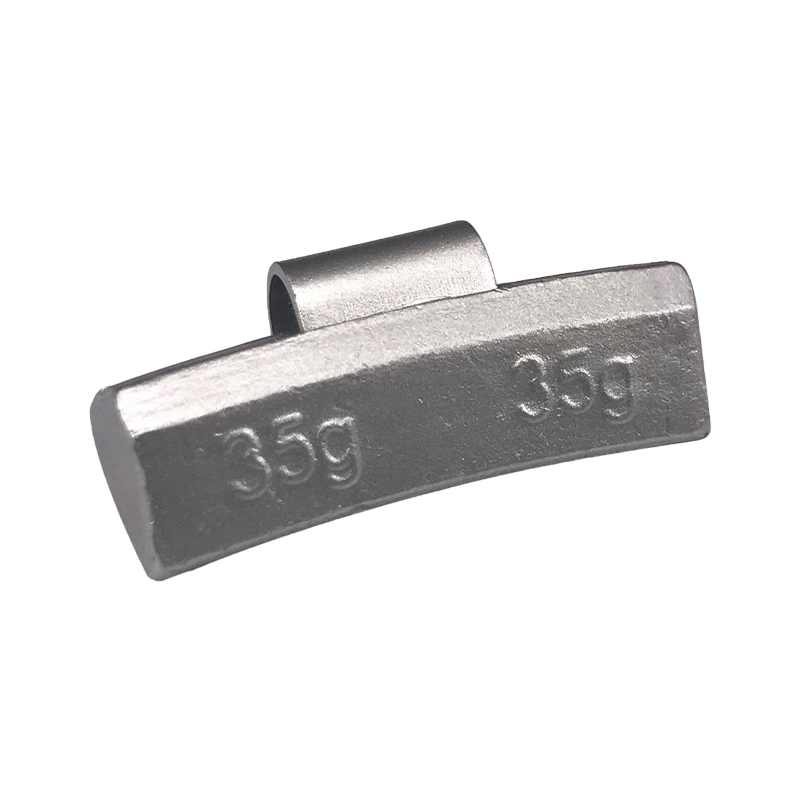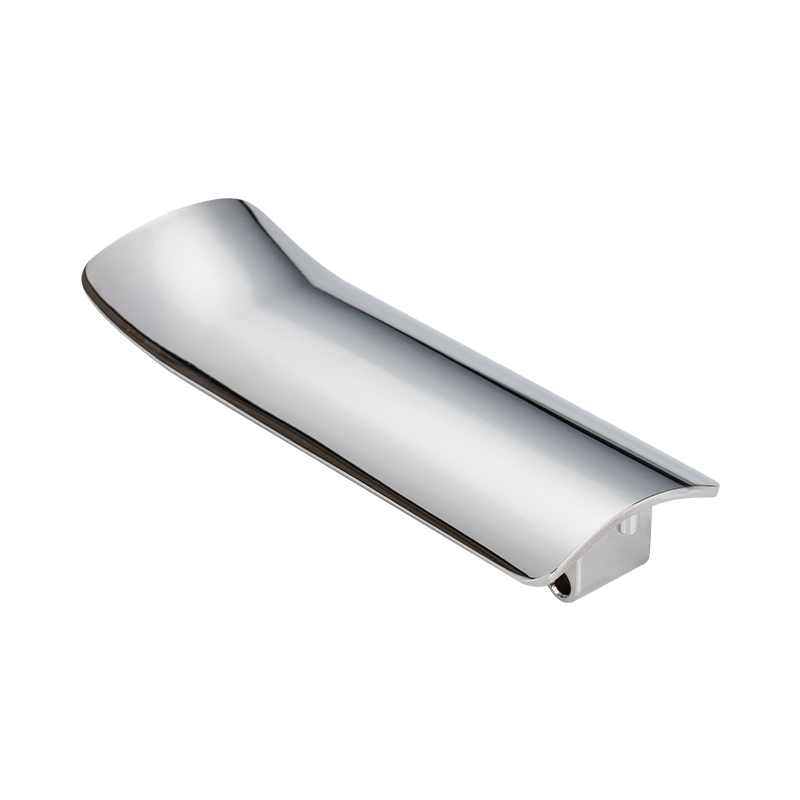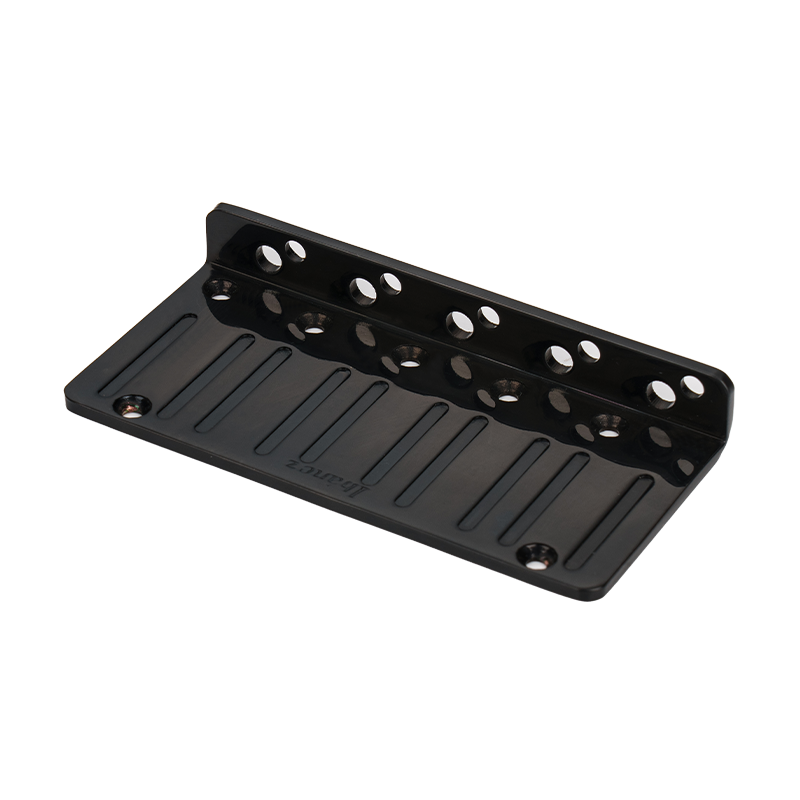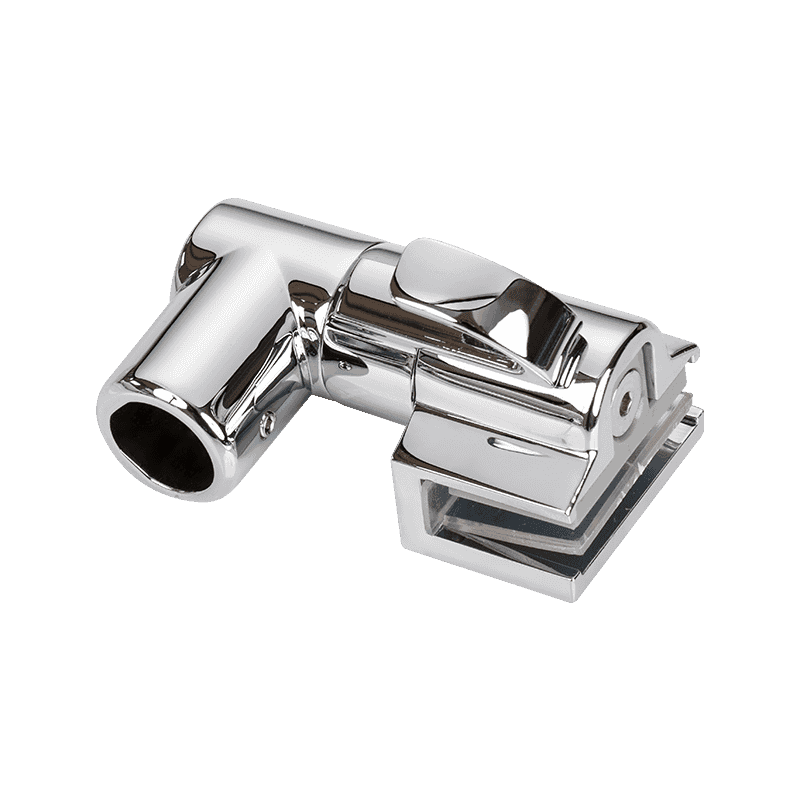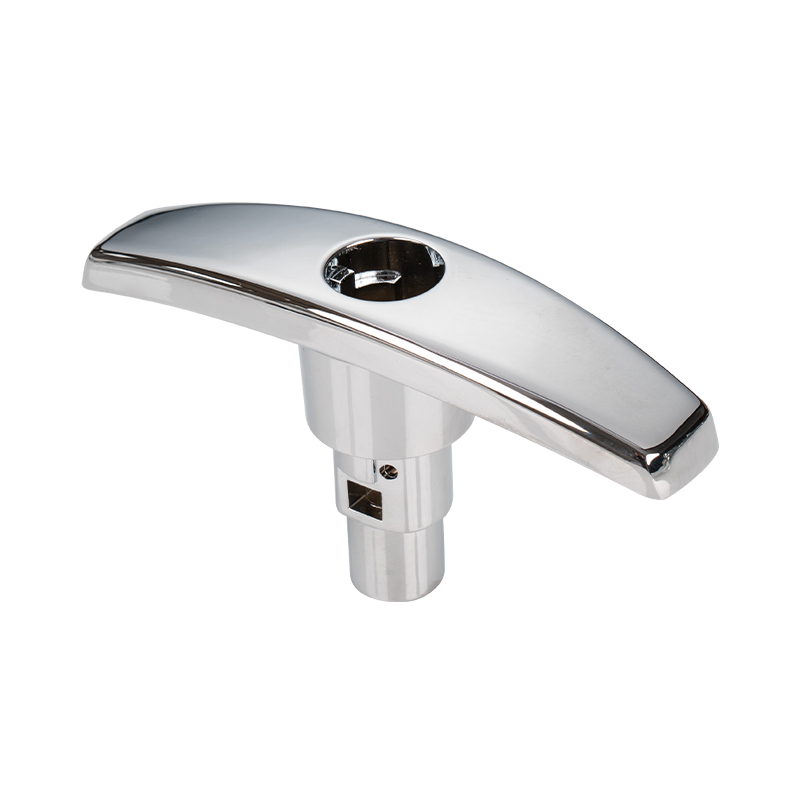High precision and complex shape advantages of zinc alloy die-cast lighting fittings
22-10-2024A significant advantage of zinc alloy die casting is its high-precision manufacturing capabilities. During the die-casting process, liquid metal is rapidly injected into the mold at high temperatures and cools to form a solid component. Through this process, zinc alloy die castings can typically achieve a tolerance of ±0.01 mm. This high precision ensures that each part is consistent in size and shape, greatly reducing the need for subsequent machining, thereby reducing production costs and time.
High-precision manufacturing not only helps improve production efficiency, but also ensures product quality. Consistency is especially important for lighting fixtures, as many fixtures require multiple components to fit closely together to function properly. Zinc alloy die-casting technology can effectively avoid assembly problems caused by errors, thereby improving product reliability and durability.
The zinc alloy die-casting process is capable of producing complex geometries unmatched by many other materials. Because zinc alloy has good fluidity, designers can take advantage of this property to create a wide variety of zinc alloy die-cast lighting fittings shapes. For example, the housing of a luminaire can be designed with streamlined, wavy or geometric shapes that may be difficult to achieve in traditional processing due to technical limitations.
The realization of complex shapes not only improves the aesthetics of the lamp, but also allows the integration of multiple functions. Designers are able to combine cooling vents, decorative elements and bracket structures in a single part, simplifying the design and enhancing the overall visual impact. This integrated design concept helps improve the structural stability and aesthetics of the lamp.
Are You Interested In Our Products
Leave your name and email address to get our prices and details immediately.

 English
English 中文简体
中文简体 Deutsch
Deutsch русский
русский





